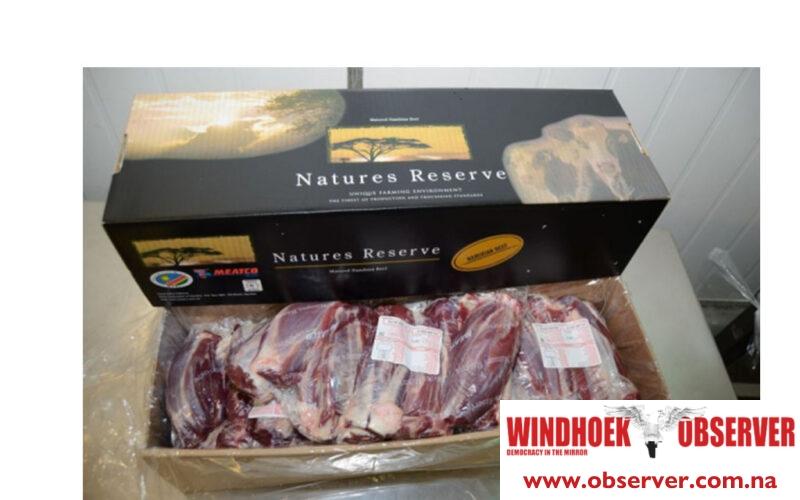CHAMWE KAIRA
The country can consume only about 30% of its meat production, making it reliant on both regional and international export markets.
According to the Red Meat Industry Report, prepared by the Bureau for Food and Agricultural Policy (BFAP) and released by Red Meat Industry Services, it was estimated that 2.8 million cattle would have been slaughtered in South Africa in 2024.
The Livestock Producers Organisation (LPO) estimates that Namibia exported around 180 000 live cattle to South Africa in 2024, a year marked by emergency marketing and further herd liquidation.
This represented approximately 6.4% of the cattle slaughtered in South Africa. Between 2022 and 2024, South Africa had slaughtered a total of 7.85 million cattle, while Namibia had exported a total of 468,000 live cattle, accounting for 5.9% of the total slaughter in South Africa.
The LPO states that despite Namibian weaner exports making up only around 6% of total cattle slaughtered in South Africa, there were emotional claims at the start of 2025 that imports of weaners from Namibia were contributing to the low weaner prices in South Africa.
According to production cost analyses conducted by the LPO, weaner production in 2023 and 2024 was operating at a loss when accounting for land, taxes, and management costs.
The primary reason for this is that costs have increased by 61% since 2017, mainly due to international conflicts, while the weaner price has decreased by 23% over the same period.
As a result, producers have been forced to seek alternative income sources or reduce their breeding herds to survive.
The LPO said profit drivers of an extensive primary meat producer are limited to stocking rate per hectare, the efficiency of converting grass to meat, price per KG, and cost per hectare.
The LPO said it is consistently engaging with its counterparts in South Africa and Botswana to ensure mutual understanding and address matters of common interest.
“Namibia has a strong focus on exporting meat to international markets, and four beef export abattoirs will be operational in 2026. Although South Africa will remain an important market for weaners, local market competition is expected to increase, and weaner exports to South Africa are projected to decline in the long term,” the LPO said.
It said the weaner value chain is under immense pressure across Southern Africa.
“Everyone is waiting for the recovery of consumer purchasing power, after which a price increase in weaner prices is expected.”




